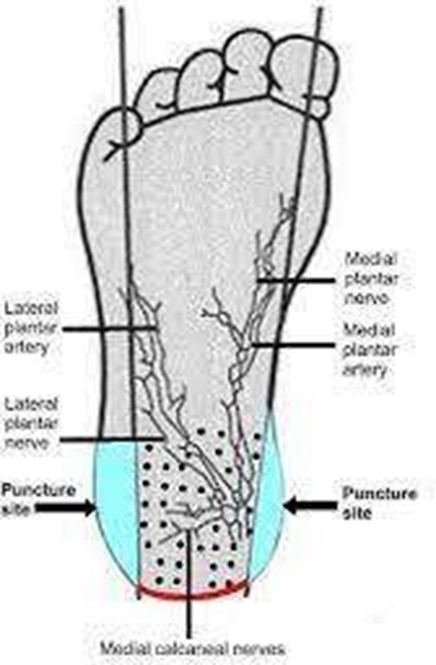A nurse is caring for a client who is receiving oxytocin to induce labor.
The nurse should discontinue the oxytocin if which of the following occurs?
Six contractions in 10 min.
Contractions last 60 seconds.
Moderate variability of the fetal heart rate.
Nonrepetitive early decelerations.
The Correct Answer is A
A nurse should discontinue oxytocin if the client experiences uterine hyperkinesia, which is defined as more than 5 contractions in 10 minutes.
Choice B is not correct because contractions lasting 60 seconds are within the normal range.
Choice C is not correct because moderate variability of the fetal heart rate is a reassuring sign.
Choice D is not correct because nonrepetitive early decelerations are generally considered benign and do not require intervention.
Nursing Test Bank
Naxlex Comprehensive Predictor Exams
Related Questions
Correct Answer is B
Explanation
“Use an automatic puncture device on the heel.” This is the most common and minimally invasive method to draw capillary blood from an infant for medical testing.

Choice A is incorrect because the heel should be punctured on the outer aspect of the foot to avoid damaging the calcaneus bone.
Choice C is incorrect because the heel should be cleansed with an alcohol swab
before, not after, the procedure.
Choice D is incorrect because there is no need to place an ice pack on the newborn’s heel before the procedure.
Correct Answer is A
Explanation
Broccoli is a good source of calcium for vegans.
Choice B is incorrect because bananas are not mentioned as a good source of calcium for vegans.
Choice C is incorrect because avocados are not mentioned as a good source of calcium for vegans.
Choice D is incorrect because potatoes are not mentioned as a good source of calcium for vegans.
Whether you are a student looking to ace your exams or a practicing nurse seeking to enhance your expertise , our nursing education contents will empower you with the confidence and competence to make a difference in the lives of patients and become a respected leader in the healthcare field.
Visit Naxlex, invest in your future and unlock endless possibilities with our unparalleled nursing education contents today
Report Wrong Answer on the Current Question
Do you disagree with the answer? If yes, what is your expected answer? Explain.
Kindly be descriptive with the issue you are facing.
